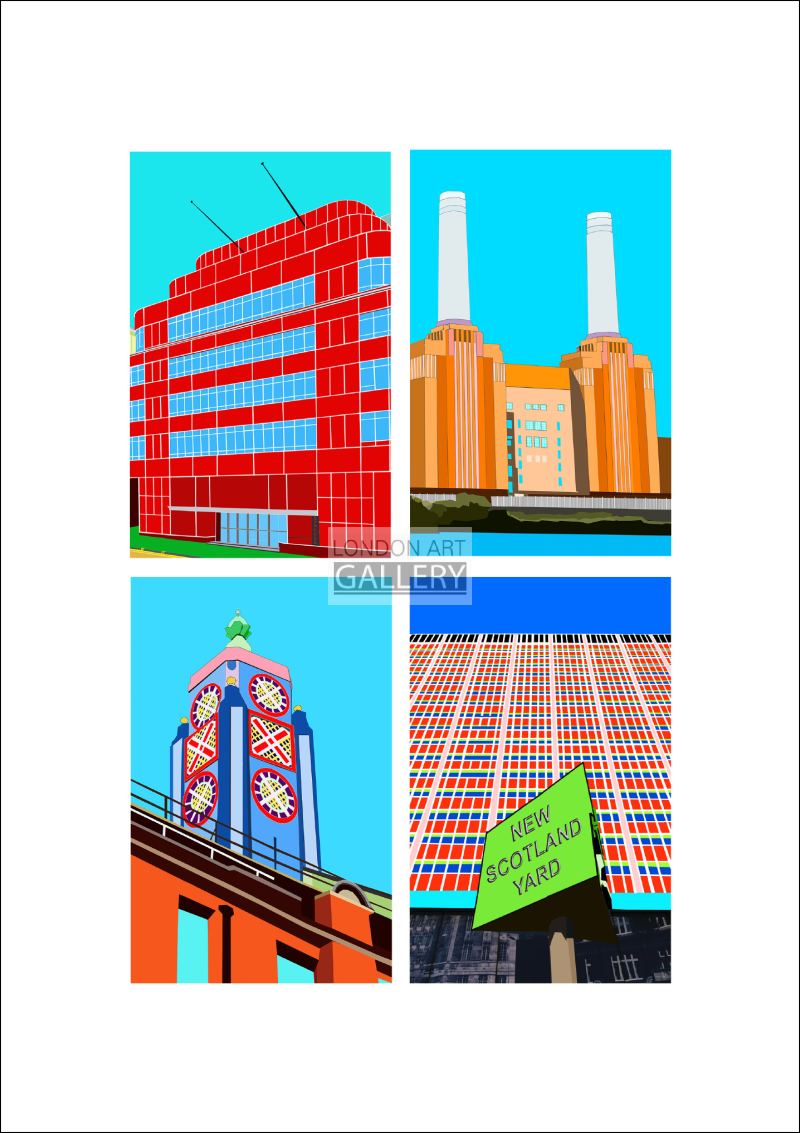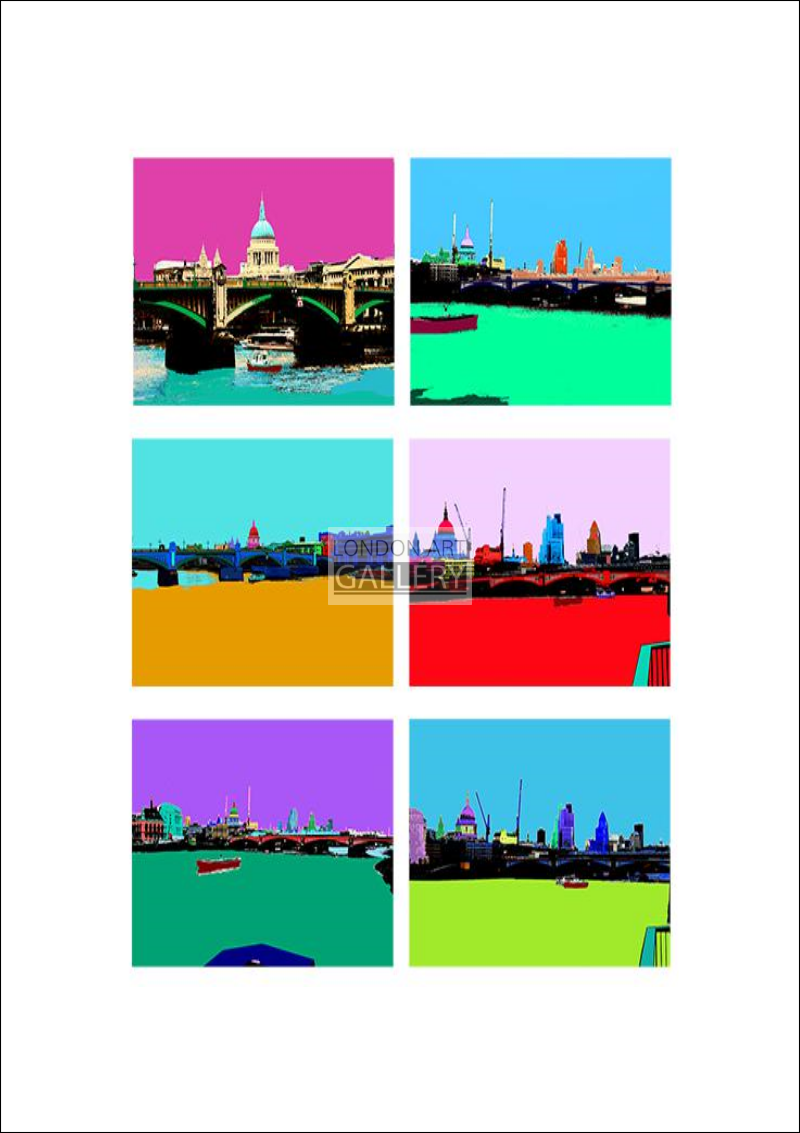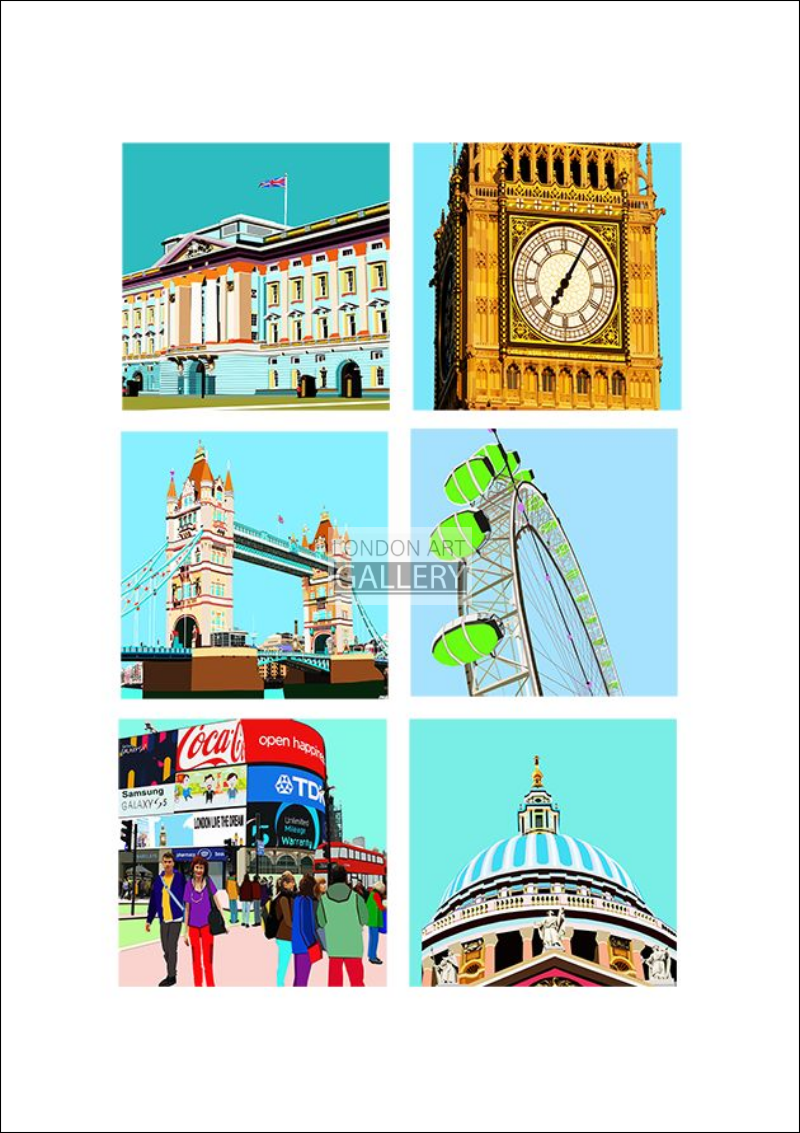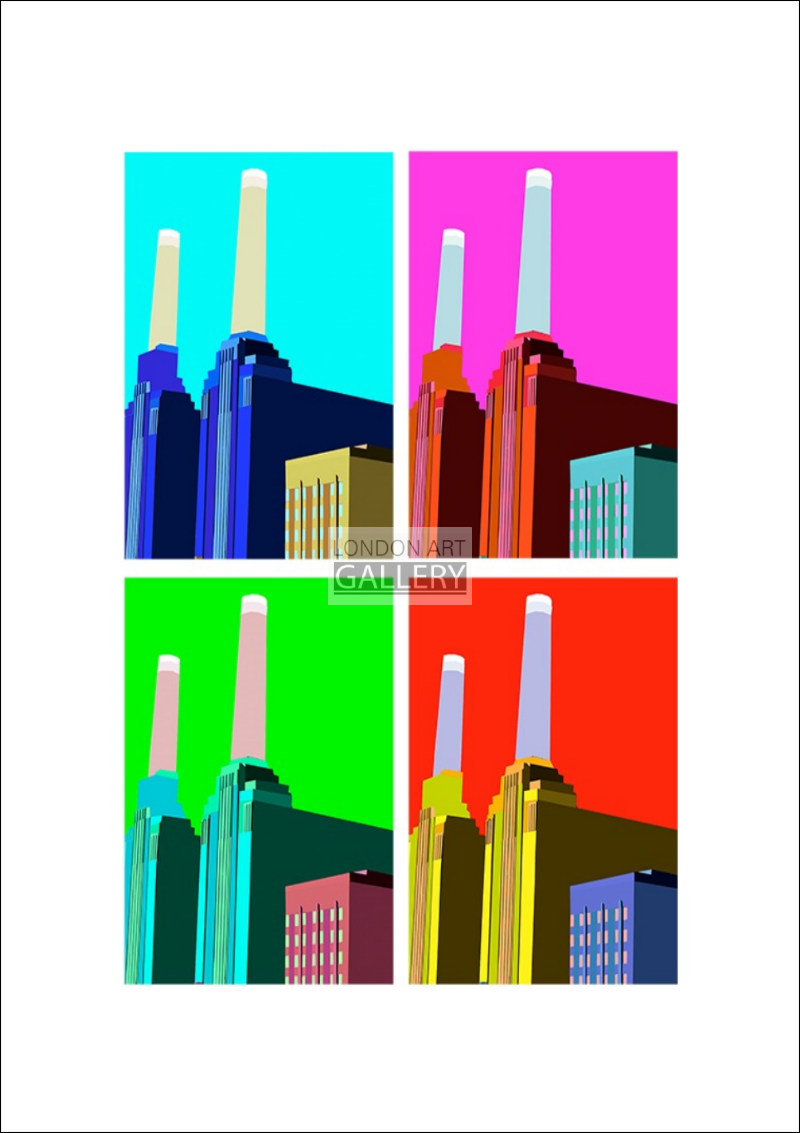Description
The Express Building is a Grade II listed building located in Fleet Street in the City of London. It was designed in 1932 by Ellis and Clark to serve as the home of the Daily Express newspaper and is one of the most prominent examples of art-deco architecture in London. The exterior features a black façade with rounded corners in vitrolite and clear glass, with chromium strips. The flamboyant lobby, designed by Robert Atkinson, includes plaster reliefs by Eric Aumonier, silver and gilt decorations, a magnificent silvered pendant lamp and an oval staircase. The furniture inside the building was, for the most part, designed by Betty Joel. The Grade II listing relates not only to the architectural features but also to the massive reinforced concrete stacked portal frame structure designed by Sir Owen Williams. As part of a redevelopment of the surrounding site the building was entirely refurbished in 2000 by John Robertson Architects. The foyer was recreated largely from photographs and the façade completely upgraded. The concrete portal frame structure was preserved. The lobby of this building was open to the public on London Open House day, over the weekend of 19 and 20 September 2009. Members of the public were allowed to view the lobby, which is normally only accessible to employees of the building and invited guests.
Battersea Power Station is a decommissioned coal-fired power station located on the south bank of the River Thames, in Nine Elms, Battersea, an inner-city district of South West London. It comprises two individual power stations, built in two stages in the form of a single building. Battersea A Power Station was built in the 1930s, with Battersea B Power Station to the east in the 1950s. The two stations were built to a nearly identical design, providing the long-recognized four-chimney layout. The station ceased generating electricity in 1983, but over the past 50 years it has become one of the best known landmarks in London and is Grade II listed building. The station’s celebrity owes much to numerous popular culture references, which include the cover art of Pink Floyd’s 1977 album Animals and its appearance in the 1965 Beatles’ film Help!
The station is one of the largest brick buildings in the world and is notable for its original, lavish Art Deco interior fittings and decor. The building has remained largely unused since its closure, and the condition of the structure has been described as “very bad” by English Heritage, which included it in its Heritage at Risk Register. The site was also listed on the 2004 World Monuments Watch by the World Monuments Fund.
Oxo Tower is a building with a prominent tower on the south bank of the River Thames in London. The building has mixed use as Oxo Tower Wharf containing a set of design, arts and crafts shops on the ground and first floors with two galleries, Bargehouse and gallery@oxo. The OXO Tower Restaurant, Bar and Brasserie is on the eighth floor, which is the roof-top level with fine and casual dining. In addition to this, situated on the eighth floor is a viewing gallery open to the public. The third to seventh floors contain 78 flats owned by Redwood Housing (1995). Much of the second floor can be hired out for events and weddings.
Scotland Yard (officially New Scotland Yard) is a metonym for the headquarters of the Metropolitan Police Service (MPS), the territorial police force responsible for policing most of London. The name derives from the location of the original Metropolitan Police headquarters at 4 Whitehall Place, which had a rear entrance on a street called Great Scotland Yard. The Scotland Yard entrance became the public entrance to the police station and over time the street and the Metropolitan Police became synonymous. The New York Times wrote in 1964 that just as Wall Street gave its name to New York’s financial district, Scotland Yard became the name for police activity in London. The force moved from Great Scotland Yard in 1890, to a newly completed building on the Victoria Embankment, and the name “New Scotland Yard” was adopted for the new headquarters. An adjacent building was completed in 1906. A third building was added in 1940. In 1967, the MPS moved its headquarters from the three-building complex to a tall, newly constructed building on Broadway in Victoria. In summer 2013, it was announced that the force would move to the Curtis Green Building – which is the third building of New Scotland Yard’s previous site (1890–1967) – and that the headquarters would be renamed Scotland Yard. In November 2016, MPS moved to its new headquarters, which continues to bear the name of “New Scotland Yard”.





